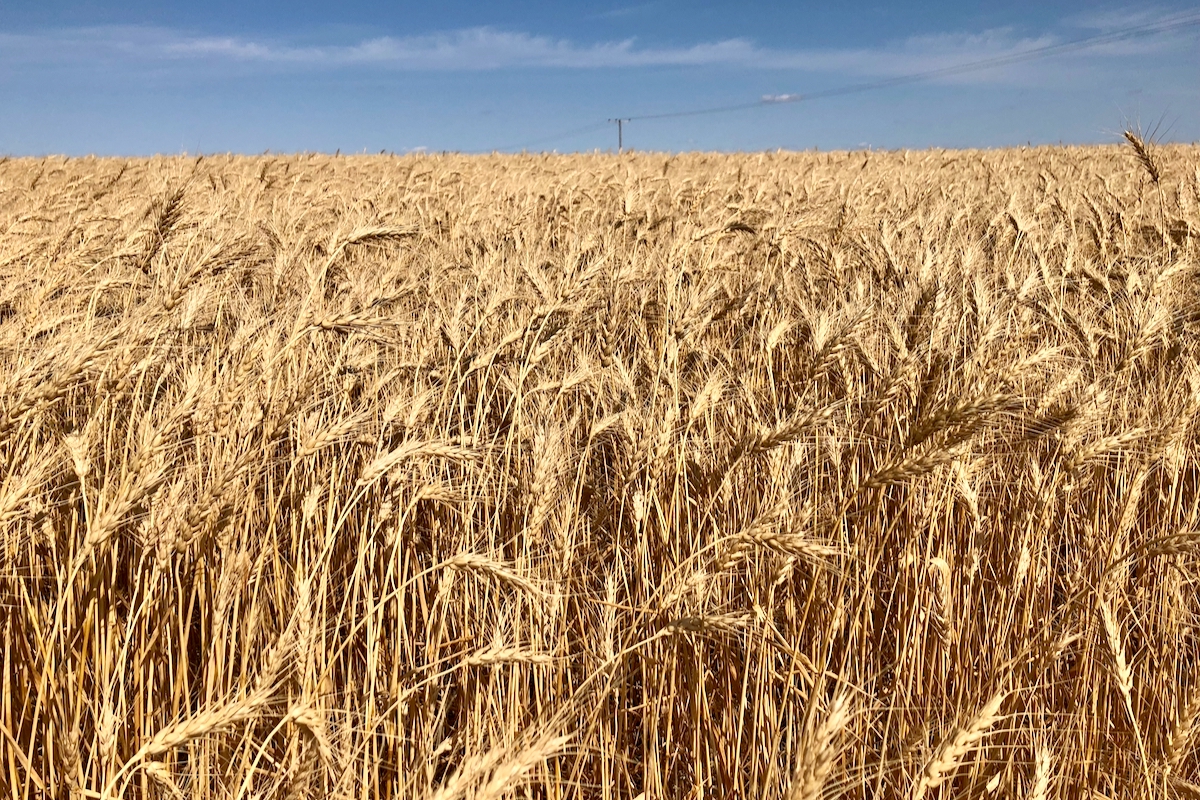Chicago | Reuters — Chicago wheat and corn futures firmed on Tuesday, supported by investor optimism after easing a day earlier on precipitation in both Argentina and the U.S. Plains.
Soybean futures began the day firmer but failed to maintain support as forecasts in South America call for more rain.
The most-active wheat contract on the Chicago Board of Trade (CBOT) added 14-1/2 cents, to $7.34-1/2 a bushel (all figures US$).
CBOT corn lifted 10-3/4 cents to $6.77 a bushel, while CBOT soybeans eased 1-3/4 cents, to $14.88-1/2 a bushel.
Read Also

Prairie spring wheat bids mixed
Spring wheat bids in Western Canada were mixed during the week ended Oct. 21, with losses in hard red spring wheat and gains in other classes.
Soybeans initially rallied on Tuesday morning before pulling back, as recent rainfall in Argentina pressured the market, though some traders said this may offer limited benefit to drought-worn soybean crops.
“These weekend rains helped stabilize the crop,” said Joe Davis, director of commodity sales at Futures International. “Friday and into yesterday, we saw a lot of profit-taking.”
More rain is expected across Argentina in the coming week, eroding early session gains for soybeans and limiting corn.
The U.S. dollar remained around a nine-month low against the euro, as a European business indicator and corporate earnings bolstered hopes that a sharp global economic downturn may be avoided.
Wheat rebounded from pressure this week after precipitation across the U.S. Plains recharged soil moisture for drought-affected parts of the winter wheat crop.
Corn and wheat are underpinned as U.S. livestock producers look for bargain buying, said Don Roose, president of U.S. Commodities.
“Each time you get breaks, the end user steps in and covers a little bit,” said Roose. “There’s still strong demand under it.”
Wheat was capped by comments from Russia’s Foreign Minister Sergei Lavrov on Monday that an agreement allowing grain shipments from Ukrainian Black Sea ports were “more or less being fulfilled,” highlighting flows of Russian and Ukrainian grain despite the countries’ 11-month-old war.
— Reporting for Reuters by Christopher Walljasper in Chicago; additional reporting by Gus Trompiz in Paris and Naveen Thukral in Singapore.

















